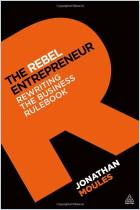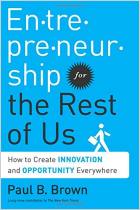Most companies want to get bigger and earn more. They hire more people, set up big offices and seek more buyers. A “company of one” stays small on purpose. In his bestseller, Paul Jarvis, a company of one himself, shows you how to start and run a small firm, though not necessarily a one-person operation. You can be a small group in a larger organization, but in a small firm, you know what your clients want because you talk to them. Jarvis alludes to one caveat: Staying small sounds ideal, but consider how much time you’d need for marketing, administration and such to live small and thrive.
The leader or leaders of a “company of one” question the mind-set that more is always better.
Most companies want more – more customers, more employees, more profit – but having more comes with a higher cost. You can actually do more with less. A company of one enables you to take control of your business and your life.
Being a company of one isn’t the same as being a freelancer. Freelancers get paid only when they work. A company of one uses systems and automation to make a profit even when its owners aren’t working.
A company of one needn’t be only one person.
It can be one person, one person within a larger organization, or a small firm with a few employees. For example, employees or board members can be a company of one inside a much larger company if they desire autonomy and question the more-is-better mind-set.
Those who start a company of one value – and can nurture – resilience, autonomy, speed and simplicity.
Some people abandon traditional companies because they want more autonomy and control over their lives. To succeed as a company of one, you must be highly competent at whatever ...
Paul Jarvis was a freelance designer/strategist for Microsoft, Yahoo, Mercedes-Benz, and other clients. He now teaches online classes, hosts podcasts and develops software from his island home off the British Columbia coast.




















Comment on this summary or Start Discussion